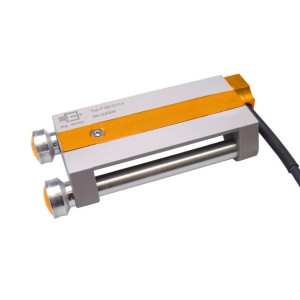Load Cells Seat Belt

Seat belt load cell, digital

Seat belt load cell, digital
Learn about load cell seat belt installation, troubleshooting, and how these critical safety measurement devices function in crash testing.
To install a Load Cells Seat Belt, begin by choosing a seat belt size that suits your requirements, including options for child seat belts. The setup process is straightforward: simply adjust the seat belt load cell to fit the belt. Ensure the connections are secure and the device is positioned to adequately measure the force during a crash test.
A Load Cells Seat Belt might be malfunctioning if you notice inconsistent or erratic readings, such as continuous zero or negative values that do not correspond with the actual load. An accuracy deviation significantly beyond 1% of the full scale could also indicate a problem that requires attention.
Seat belt load limiters work by controlling the amount of force exerted on the passenger by the seat belt during a crash. This is done through a mechanism in the load cell that allows the belt to extend slightly, reducing the risk of injury by distributing the force more evenly across the body.
Inaccurate readings from a Load Cells Seat Belt can result from several factors, such as mechanical damage, improper installation, or environmental influences like temperature fluctuations. Ensuring routine calibration and maintenance checks can help maintain accuracy and reliability in readings.